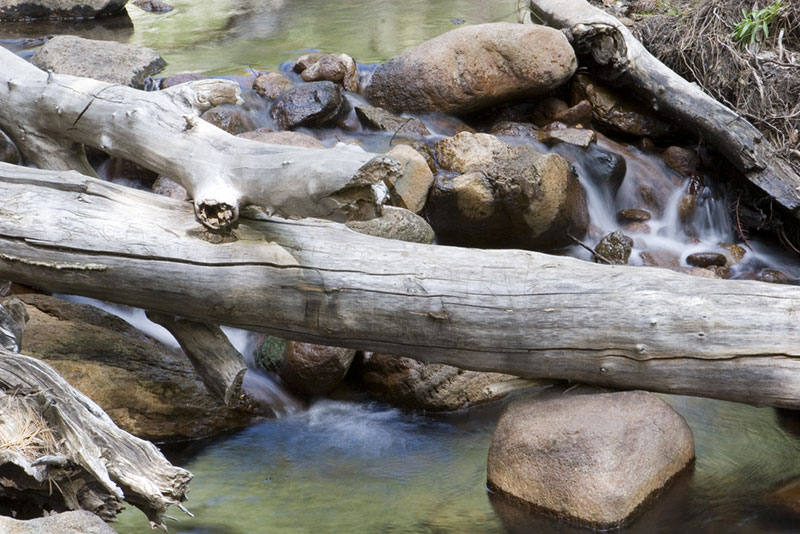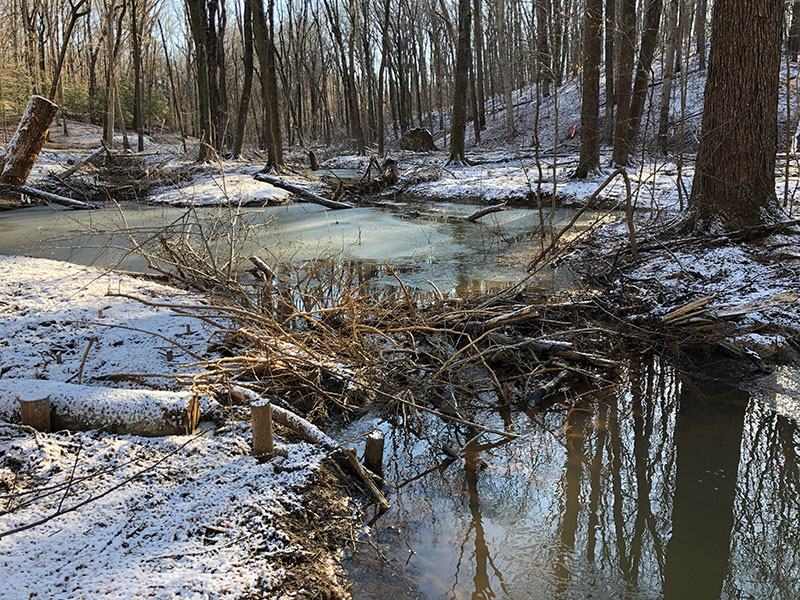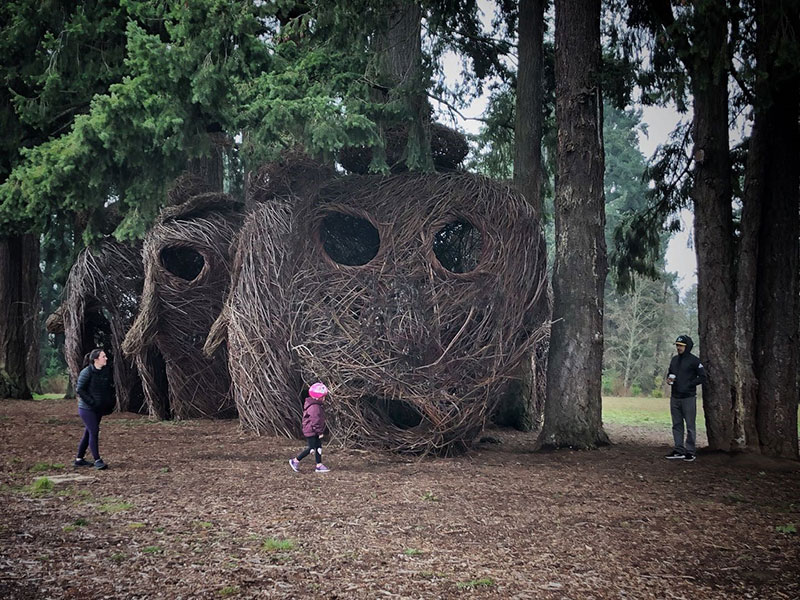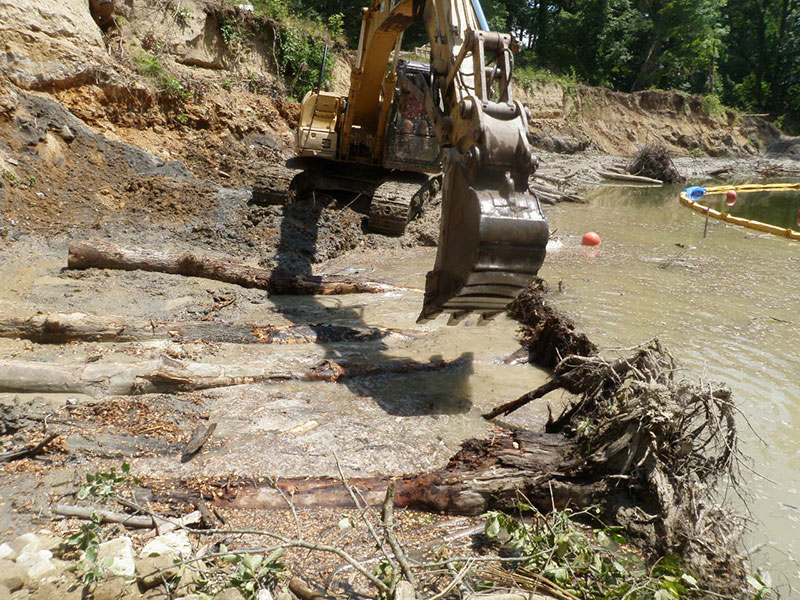Wood as a Tool in Stream and River Restoration
By Amy Nelson
Three hundred years ago, if a tree fell in a forested river corridor in North America, it likely ended up in the river, along with other downed trees, fallen branches, and wood from beaver dams. The same would be true in other parts of the world where humans had not yet begun clearing land, trapping beaver, and manipulating river channels. All of that wood added physical and habitat complexity to the river, profoundly impacting its morphology, processes, and dynamics.

How much do we know about the role of wood in rivers? How is this knowledge being applied to ecological restoration? Despite the known importance of wood in fluvial ecosystems, research into its form and function in rivers did not begin until the 1970s. We were thrilled to have the opportunity to chat with two people at the forefront of this research and its application to restoration.
Dr. Ellen Wohl, Professor of Geology at Colorado State University has spent much of the last decade examining how physical complexity associated with the presence of instream wood and beaver dams influences the form and function of river ecosystems. David (DJ) Bandrowski, Senior Project Engineer with the Yoruk Tribe in Northern California and former Branch Chief of the Trinity River Restoration Program with the U.S. Bureau of Reclamation, knows a thing or two about the use of wood in river restoration. He was not only an author but the lead project manager for the National Large Wood Manual.
To get a true sense of the realities of reintroducing large wood to fluvial systems, we spoke with four professionals who actually do this type of work. Burke Strobel of the Portland Water Bureau, Marjorie Wolfe of Wolf Water Resources, Rocky Hrachovec of Natural Systems Design, and Matt Koozer of Biohabitats recently collaborated on a restoration project involving the reintroduction of large wood along the salmonid bearing, Wild and Scenic Sandy River in Oregon. Here, they share their Perspectives on Engineered Log Jams.
Though the Pacific Northwest region of the U.S. is a known leader in the use of large wood for river restoration, the practice is gaining momentum in other parts of the country and world. In her article Wood Rocks in Maryland Stream Restoration, Annie Berg highlights the first stream restoration project in Maryland to use only wood, harvested on site, to restore floodplain function to an unstable, degraded stream.

When it comes to ecological restoration, dead wood is anything but useless. In the article Wood Enlivens, we share some of the other uses of this multitool to help regenerate ecosystems. Dead wood also enlivens the imagination and connects us to the landscape in new and different ways. Leaf Litter’s new Inspiration section features comic illustration, poetry, and outdoor art all inspired by wood.

Those who want to branch out and learn more about the use of wood in river and stream restoration can find helpful links, publications, and terms in the Resources & Glossary section. We also share information about some of our own projects involving the use of wood in river and stream restoration, as well as the latest news from Biohabitats.


